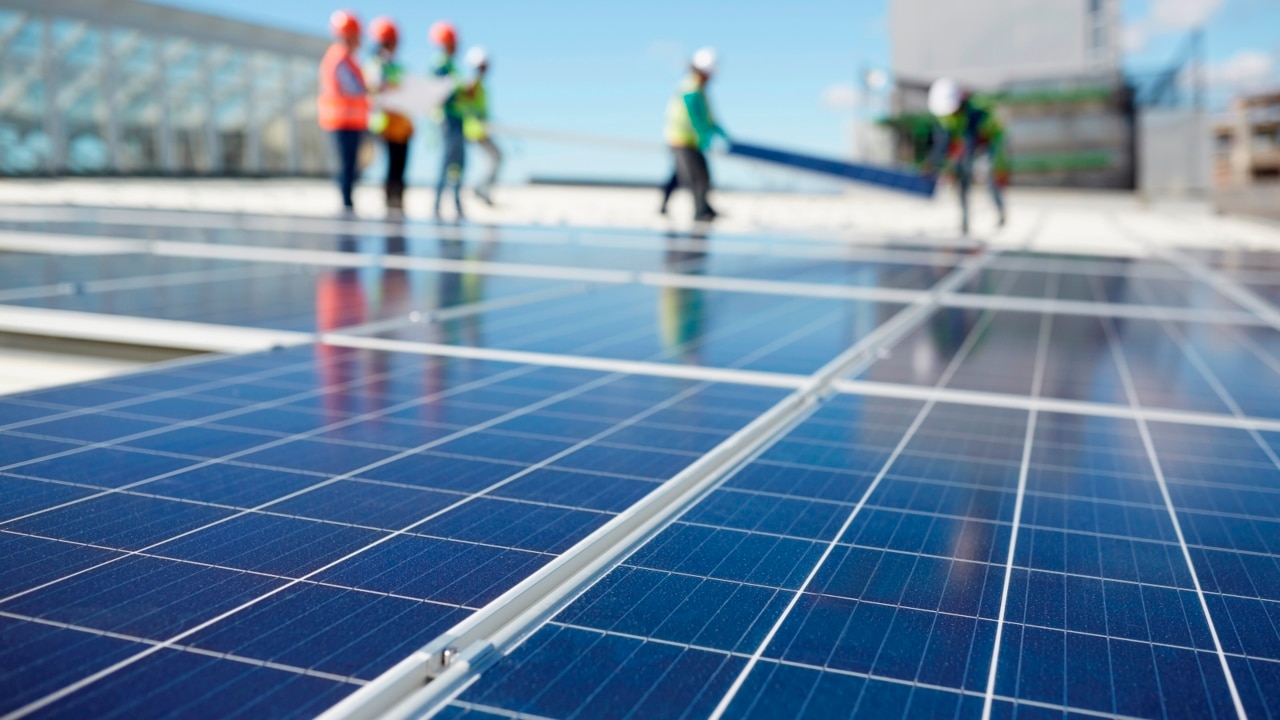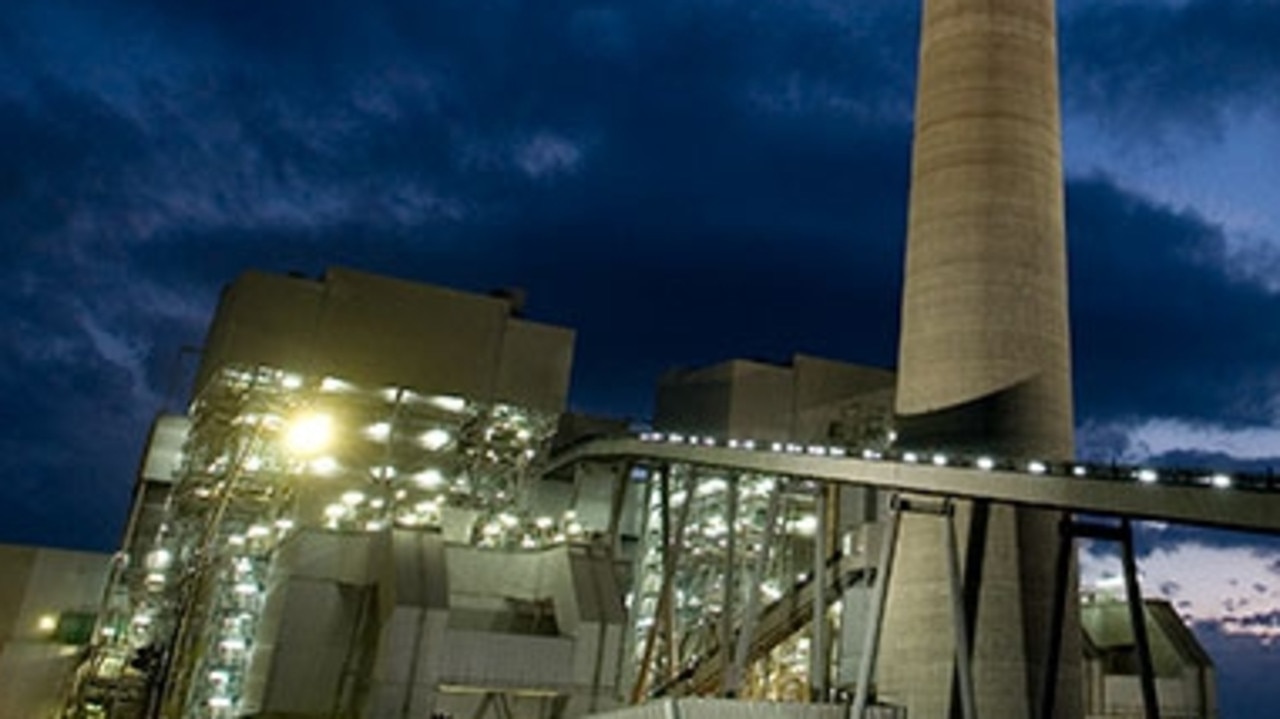Renewable energy operators to begin bidding for Tomago Aluminium’s power contract
Tomago Aluminium wants to have all of its required electricity sourced from renewables by 2035 and will begin formal talks early in the New Year with potential suppliers.

Tomago Aluminium will begin formal talks over a new electricity contract in early 2024, after a process to identify potential renewable energy providers attracted massive interest from energy majors and would-be wind and solar power generators.
The NSW aluminium smelter makes up about 12 per cent of total energy demand in the state and its power contract with AGL – one of the biggest in the country – expires in early 2029.
The company has previously outlined an ambition to have half of its energy supplied from renewable sources by 2030, and use 100 per cent renewable energy by 2035. Tomago called for expressions of interest from green energy providers in September 2022 and closed off that process in late August.
The smelter is likely to need about 3 to 4 gigawatts of renewables to meet its 950 megawatt requirements for continuous operations, plus firming options given the variability of wind and solar supply.
Tomago chief financial officer Andrew Newman told The Australian the company had received offers to supply up to 67GW of renewable energy, including 20GW of storage – more than 20 times its likely requirement.
After winnowing down the potential providers to a short-list of 20, Mr Newman said Tomago would begin thrashing out the details of contract negotiations in the first quarter of 2024, hoping to lock down formal contracts by 2025 at the latest.
Newcastle’s Tomago – owned by Rio Tinto, CSR and Norsk Hydro – has an 11-year coal deal with AGL Energy, which runs until 2028 and remains the biggest power supply contract ever signed in NSW
“We will be out there seeking offtake arrangements and absolutely pulling together a deal – trying to pull together that next contract or contracts over the course of 2024,” Mr Newman said.
He would not comment on the prices on offer during the initial process, as Rio Tinto – Tomago’s majority owner – is also running a separate process for renewable energy contracts for its aluminium smelter in Gladstone.
But he said initial indications suggested green energy would provide cheaper power in the long term, as well as helping deliver significant cuts to Australia’s carbon emissions.
Mr Newman said Tomago was confident it would be able to find the renewable energy it needed to meet the company’s green energy ambitions, despiteconcerns across the market that the pace of approval and funding of new wind and solar projects is slowing below the levels needed to meet the ambitions of Prime Minister Anthony Albanese’s federal government.
“What the process told us is that the capability, the capital, and the experience is there to deliver a solution for us,” he said.
Tomago was approached by both existing renewable energy providers and companies with projects in development, Mr Newman said, with the size of the power contracts on offer more than enough to help fund new wind and solar generation.
“We certainly believe that we can underwrite and underpin a lot of the renewable energy development given that we are such a significant consumer,” he said.
“Because we require such a large amount of flat load we certainly see ourselves as being able to underpin the development – and we really want to be able to assist in transitioning the national grid for Australia.”
But while significant offers of up to 20GW of battery and pumped hydro storage were also put forward during the process, Mr Newman said challenges remained to identify long-duration firming options for the aluminium smelter.
Tomago currently relies heavily on AGL’s coal-fired Bayswater power station now that Liddell has left the grid, and Mr Newman confirmed that gas and coal-fired stations would likely still be in the mix in the early stages of the next power contracts, to provide energy options when renewables drop out.
Some 150GW of energy supplies, nearly triple the current generation and storage capacity of the Australian market, has been proposed by companies and investors by 2032 with large-scale solar and wind backed up by battery storage accounting for 88 per cent of the project pipeline.
Nearly two-thirds of all coal capacity will be shut down by 2030 under forecasts by AEMO.
Renewable developers and network operators are also worried a pipeline of power generation and clean energy supplies faces delays or gridlock unless major transmission projects are delivered across the national electricity system.
Tomago has previously underlined concerns that the premature exit of coal-fired power stations from the grid before enough replacement generation is developed will increase the risk of blackouts and price surges.
The closure of the country’s biggest coal plant – Origin Energy’s Eraring station in NSW which could shut its doors up to seven years early in mid-2025 – is concerning the market, Tomago said earlier this year.
Eraring is Australia’s largest coal power generator, supplying about a quarter of NSW’s energy needs.
Origin has said it will build a large-scale battery at the site, but energy executives said Australia was unlikely to have sufficient capacity to replace Eraring’s 2880MW output.




To join the conversation, please log in. Don't have an account? Register
Join the conversation, you are commenting as Logout